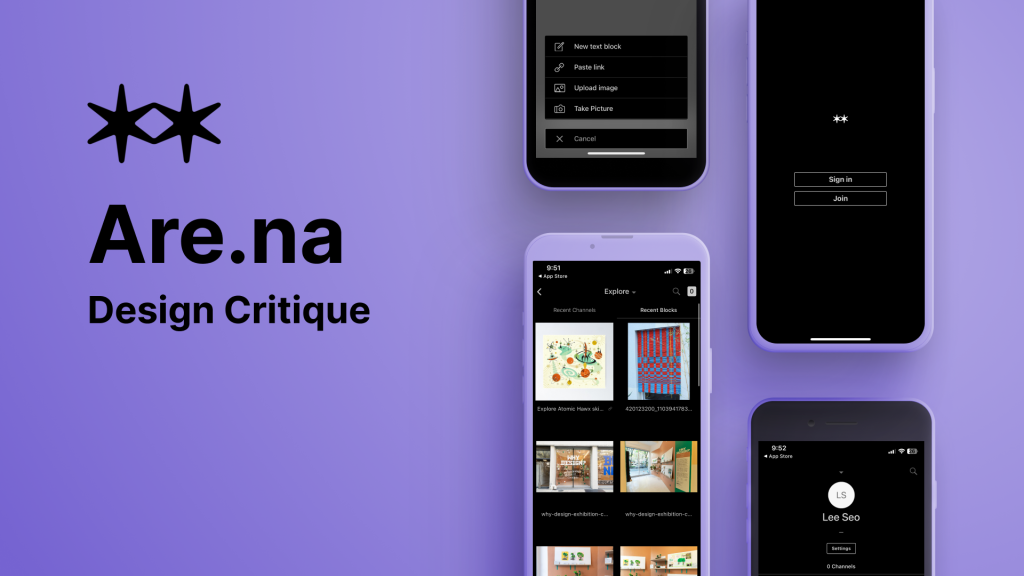Design Critique: Letterloop
In a world where social media can be overwhelming and impersonal, Letterloop offers a refreshing and authentic way for people to stay connected. As someone who values meaningful human connection with the people around me, I was eager to explore how well this platform fosters engagement. Letterloop is a private group newsletter service that connects […]
Design Critique: Letterloop Read More »









